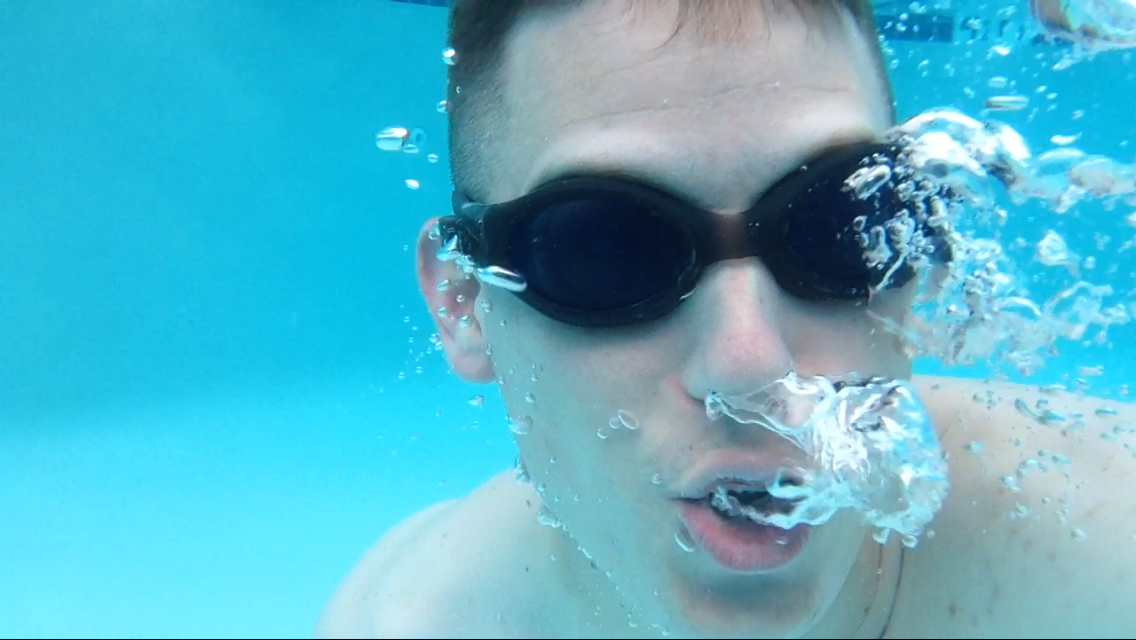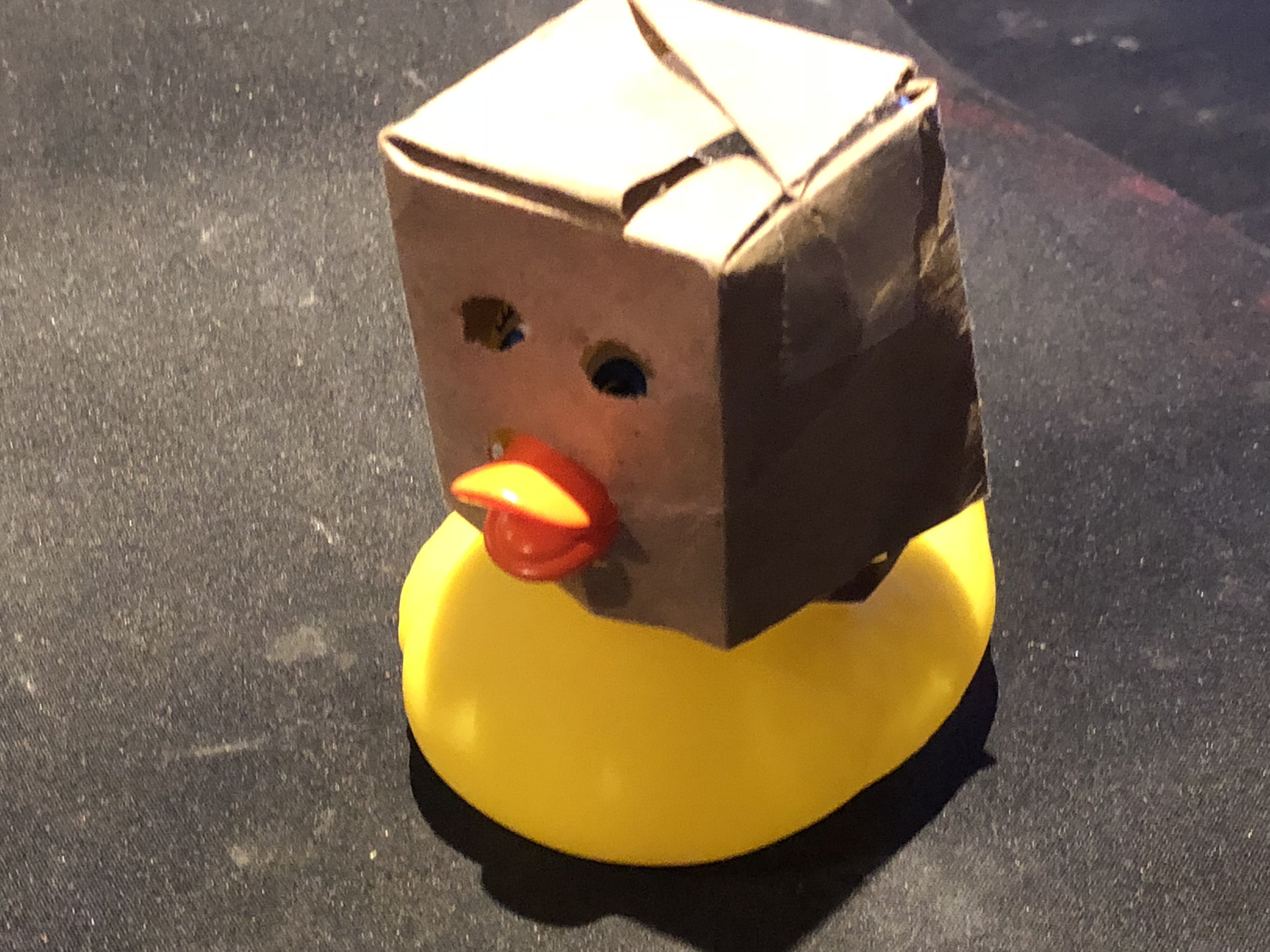It doesn’t freeze here too often, but when it’s going to we’ll go outside and set our faucets to drip to prevent freezing. I just have to remember to do this, and I worry that I’ll forget. Do those faucet covers work? Any other options?
here in canada where it freezes 17 months out of the year, 99.9% of the houses have shutoff valve inside the house that supplies the outside tap. id recommend turning on the outside tap, then turn off the valve inside.
Valve first. Then open tap. Then drain the line past the valve by unscrewing the bleeder cap.
this is what i was taught by my dad. seems logical too.
but do the shutoff valve first.
Northern USA is the same way.
When I lived in TX, the water supply came into the house above ground. It was really strange concept for me a Minnesotan. The winter I was there, the supply lines froze. You had to defrost them with boiling water, or hair dryers.
For me coming from the Westcoast with lots of rain at sea level the lack of drain fields around the houses in the Prairies was a similar moment for me when I was looking at homes for a move many years ago. Their drain spouts just run out into the yard above the ground. It was a what the heck is going on here?
Their basements are also fully enclosed under ground. On the coast we require a secondary drain field just for the down spouts and the basements are only halfway in the ground so it was very strange to me.
The house I’m renting has a valve for the outside tap, except someone decided to plumb all the water for the second bathroom downstream from it.
It’s unclear if you mean an outdoor faucet appearing out the side of a house, or a freestanding garden spigot. But in either case, the full solution often involves replacing the spigot with a frost-free spigot. It prevents freezing by having the valve located somewhere warmer, such as within the house or underground.
The normal handle will turn a long rod connected to the valve, and when closed will drain the excess water out the spigot, leaving no water outside or above ground that can freeze. The freestanding spigot has the complication of needing an underground gravel base to drain the excess water into.
An alternative might be to use an air compressor to force water out of your spigots, as part of annual winterization. This only works if you don’t plan to use the faucet during the cold season, though.
Depending on the relative elevations and arrangement of stuff, you may not need a fancy spigot on the outside. My house has secondary valves inside the basement that can be used to shut off the water to the outside spigots in fall, along with a bleed cap I can open to let the water drain out of the pipe between the interior of the basement and the exterior spigot. There’s no need for an air compressor since if you leave the outside spigot open when you open the bleed cap gravity does all the work.
It really depends on where you live (as you can tell from the comments). In CO it’s code to have frost free shutoffs so everyone has them. We do nothing since the shutoff is 12”+ inside and usually surrounded by insulation. As long as the washers are in good condition and not dripping you’re good to go. If they are they make kits to replace them. Pretty simple process.
I live in MN and every fall when we’re done in our yard I’ll turn off the water in the house for the lines that go to the outdoor faucets attached to the house.
Then I’ll open those faucets outside to let the water drain.
Inside the house on the water line itself is a bleeder valve I’ll open to help the line drain.
Once drained I close the drain valve and the bleeder valve and put an insulating cover on the spigot.
This is probably the least expensive and /or invasive
Another thing is a faucet cover, which provides some protection and depending on where the faucet is, it can be heated. This is more of a commercial building thing, though. The other “solution” commercial buildings have is just to replace them every spring…
Close inside, open outside.
https://www.lowes.com/pd/Frost-King-Standard-Styrofoam-Faucet-Cover/1069185
Stuff this with some more insulation and pop it over the outside faucet.
Empty them. Our outdoor faucet has a shutoff in the basement and a small kind of vent valve. At the beginning of winter, I close the shutoff, put a bucket under the valve, open the faucet and then the valve, and thus empty the pipe. When the pipe is drained, I shut the faucet again so it won’t get a home for the spiders.
In spring I close the valve, open the shutoff again, and let some water run through the faucet.
There are faucets that drain the exterior parts of it as you close it specifically so that they don’t freeze.
The advice about turning off the water from inside is the best solution. Having said that, I don’t always do it. The weather has been so variable over the last few years that turning the water on and off got to be a hassle. I do shut if off when we hit the main stretch of winter, but I use covers to guard against the unseasonable freezes that happen on either side of that. I have not had any problems over several years of this, so I think I can say that they work.
I’m not a plumber. And always take internet advice with some skepticism.
However, I believe in most houses if you turn on a couple of indoor faucets (to a slow drip) you should be OK. This will relieve any pressure in the whole system, which is what you want. This is what I do.
They do make “frost free” outdoor faucets. You may or may not already have them. A plumber can install them for you. I have heard they are better than nothing but are not foolproof.
Also, the type of pipes you have (PEX, PVC, or god help you, PB) is a factor. It’s my understanding (again, I am not a plumber) that PEX usually holds up better than other options.
The last time we had a bitter cold snap, my neighbor’s pipes broke and flooded his house because he didn’t leave any faucets dripping. I’m right next door and ours pipes didn’t burst, because I let a couple of faucets dripping Meanwhile everyone I know tells me I’m being paranoid and don’t need to do this. Go figure. It’s super cheap insurance to let a couple of faucets slow drip overnight.
I believe in most houses if you turn on a couple of indoor faucets (to a slow drip) you should be OK
I’m a plumber and I can’t think of how this would solve the issue. If you leave the outside faucet dripping then yeah but opening a faucet indoors creates no flow on the outside faucet and in no way prevents it from freezing.
If you close the main shutoff and then open taps inside then that would lower the chances of pipes bursting due to excess pressure even if they freeze over. When the main shutoff is open the excess pressure can usually back-flow back to the grid unless you have a one-way valve there which usually is not the case especially where I live.
The most common reason pipes burst in winter is because it freezes over somewhere and traps water between interior taps and the ice plug. Now as the freezing progresses the pressure has nowhere to go so it ruptures the pipe. This is also why they usually start leaking only after it thaws because the ice is preventing water flow to the ruptured pipe.
We had all of our pipes replaced, and I believe in my house there’s two main ‘trunks’ (upstairs and downstairs) and as long as one faucet on each level is open enough to drip, this should (in theory) relieve any freezing pressure from the whole system.
I may have misunderstood, and the outdoor faucets are on a separate ‘trunk’. There’s the main shutoff valve in the yard owned by the county, and another one in the crawlspace owned by me.
I certainly could have this entirely wrong, but, after what happened to my neighbor, I feel better leaving a couple of taps dripping when it gets well below freezing. Which is not very often where I live.










